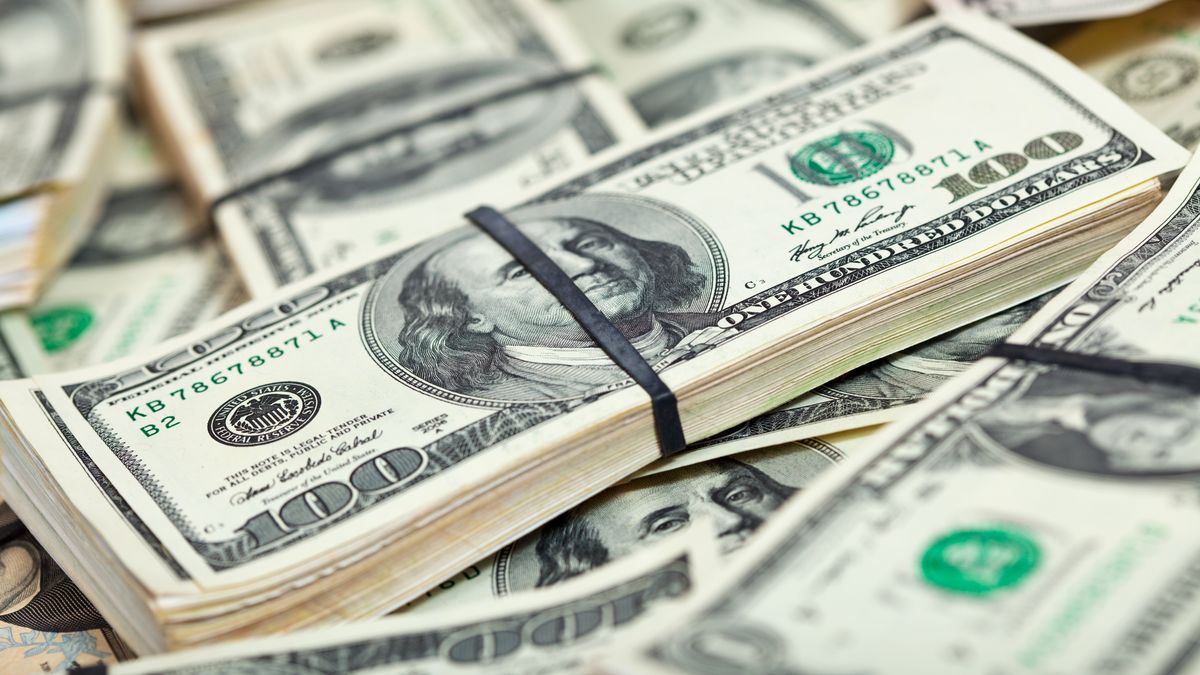“The reality is that free dollars are increasing and not only because the Central Bank continues to issue a lot, and therefore makes the purchasing power of the peso fall and that -as would happen with any currency- is immediately noticeable in the free exchange markets”, explained Aldo Abram, director of the Fundación Libertad y Progreso. “This also happens because there is more and more uncertainty, which lowers the demand for pesos. If the demand for a product falls, for example, but the supply remains, there will also be a loss of purchasing power. Here it gets more complicated because not only does demand fall, but supply increases. And that is going to be reflected in the foreign exchange market,” he added.
The economist highlighted another factor that adds to the “combo” that has made the alternative exchange rates rise in recent days: “Because of the uncertainty, people are not only going to escape the peso, but also every asset that is local. This is also done through the foreign exchange market.. Conclusion: this also pushes parallel dollars higher. The uncertainty factor is one of the factors that is causing these exchange rates to grow.”
“But, in turn, uncertainty also makes people invest and consume less: if you invest and consume less, you save, and you save in foreign currency. With which this obviously makes the economy tend to grow less moving forward,” Abram added.
Impact on the real economy
In this context, the increase in alternative dollars and the consequent widening of the gap, turn on a series of alarm lights for the economy. “In the short term, the distortion and incentives imposed by a higher gap in a context of rising inflation and high uncertaintythey open windows of opportunity (‘flight to consumption’) for the acquisition of durable goods and the replacement of capital goods”, pointed out the Ecolatina economist Santiago Manoukian.
“However, in a scenario of worrying scarcity of international reserves, the widening of the exchange rate gap generates incentives to underinvoice exports and overinvoice imports, encourages the demand for dollars due to devaluation fears and reduces liquidations in the formal market”, remarked Manoukian, who added: “These behaviors put even more at risk the goal of accumulation of reserves and the need to maintain the economic reactivation of the first part of the year”.
For his part, Claudio Caprarulo, director of Analytica, highlighted that “The increase in the exchange rate gap is very bad news”. “Between March and May it had been below 80% and now it is close to 100% again. It deepens the incentives to import above the needs of the current levels of production and consumption, product of the sensation of a cheap official dollar and greater expectations of devaluation. That also in a context of so much uncertainty makes it difficult to coordinate prices and reduce inflationary inertia, with its consequent negative impact on the recovery of wages and consumption “he underlined.
Regarding the rise in financial exchange rates and inflation, Abram stressed that “it is also true that to the extent that the dollar is reflecting a loss of purchasing power of the peso, which is immediate, this is anticipating that in the future all goods and services will reflect this loss of value of our currency in their price”. “It is being anticipated that there will be more inflation going forward,” he remarked.
“This future inflation will affect consumption and economic activity. Because when we talk about inflation, what we are talking about is a reduction in the purchasing power of the peso, of wages. With which, this loss of purchasing power impoverishes people, that the poorer they are, the less they consume. And it is also true that the more inflation there is, the more uncertainty is generated. With which, there is a vicious circle that affects, because the demand for pesos falls and the loss of purchasing power is enhanced, and also because more uncertainty means less consumption and less investment. And that also affects the level of activity. We are entering a very dangerous vicious circle,” Abram concluded.
Source: Ambito
David William is a talented author who has made a name for himself in the world of writing. He is a professional author who writes on a wide range of topics, from general interest to opinion news. David is currently working as a writer at 24 hours worlds where he brings his unique perspective and in-depth research to his articles, making them both informative and engaging.




